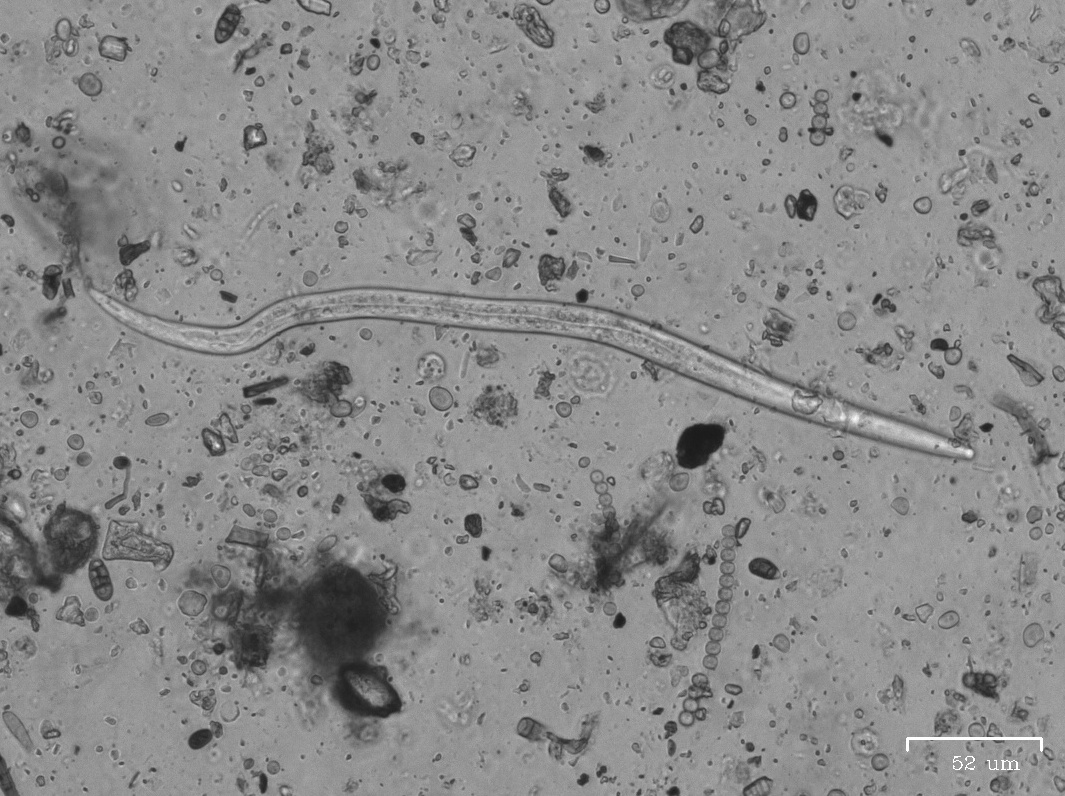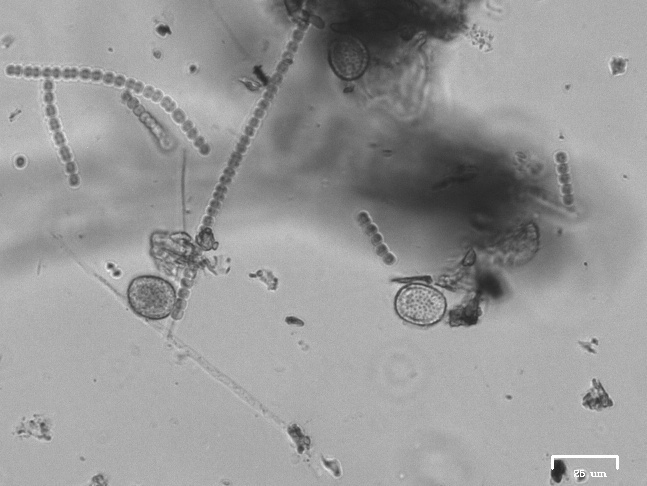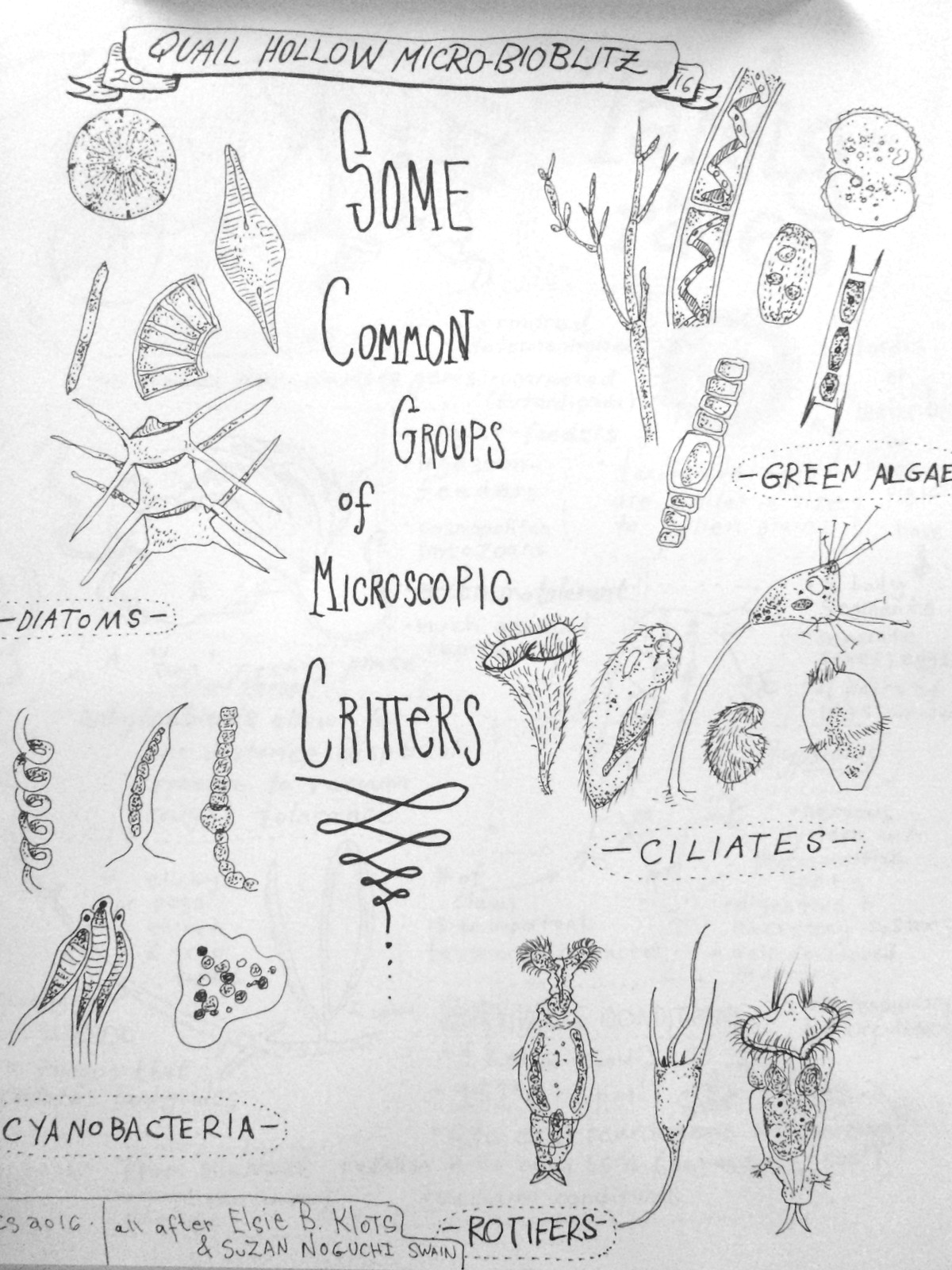Tardigrades and Friends: A MicroBioBlitz featuring Foldscope
/






Rain kept away a many people that had signed up for “Tardigrades and Friends: A Microbioblitz” at Quail Hollow Ranch County Park in Felton, CA on Sunday October 16th 2016, but it sure woke up the star of the event; Tardigrades. Water Bears, Moss Piglets and a number of other cutesy names are used to describe the inhabitants of the entire Phylum Tardigrada that contains at least a thousand species of these nearly indestructible denizens of the microworld. They’ve been blasted with cosmic radiation, survived the vacuum of space, can withstand the wickedest drought, potentially have “borrowed” a hefty portion of their genome from other organisms, and unless you are living in orbit there is probably one within walking distance of you right now.
The morning kicked off with collecting some samples out in the wonderfully heavy first rain storm of the season and then moved inside for a quick guide to Tardigrade biology by Christian Schwarz and a discussion about the other microorganisms we might see in pond water and the Tardigrade environments of moss and lichen.
After a successful survey of samples using for Tardigrades using traditional microscopes that induced plenty of joyful screams, Maxwell Coyle from Foldscope Instruments took participants through how to use a Foldscope to look at organisms. Foldscope is an innovative microscope that uses a ball lens and origami to produce a powerful microscope that is cheap to manufacture, nearly indestructible, and can be used in the field. You can use the Foldscope directly by peering through the lens or you can use your cell phone and a magnet system with the Foldscope to capture beautiful images of the microscopic world. Users are constantly innovating on how to use Foldscopes and post their discoveries and innovations at https://microcosmos.foldscope.com/. Everyone that attended the event received a Foldscope to take home and continue exploring with.
Throughout the day participants captured images with their smart phones and other devices to load into iNaturalist so that it is easy for everyone in the world to see what microorganisms exist in this little corner of the world. You can see the observations here:
http://www.inaturalist.org/observations?on=2016-10-16&place_id=5794







